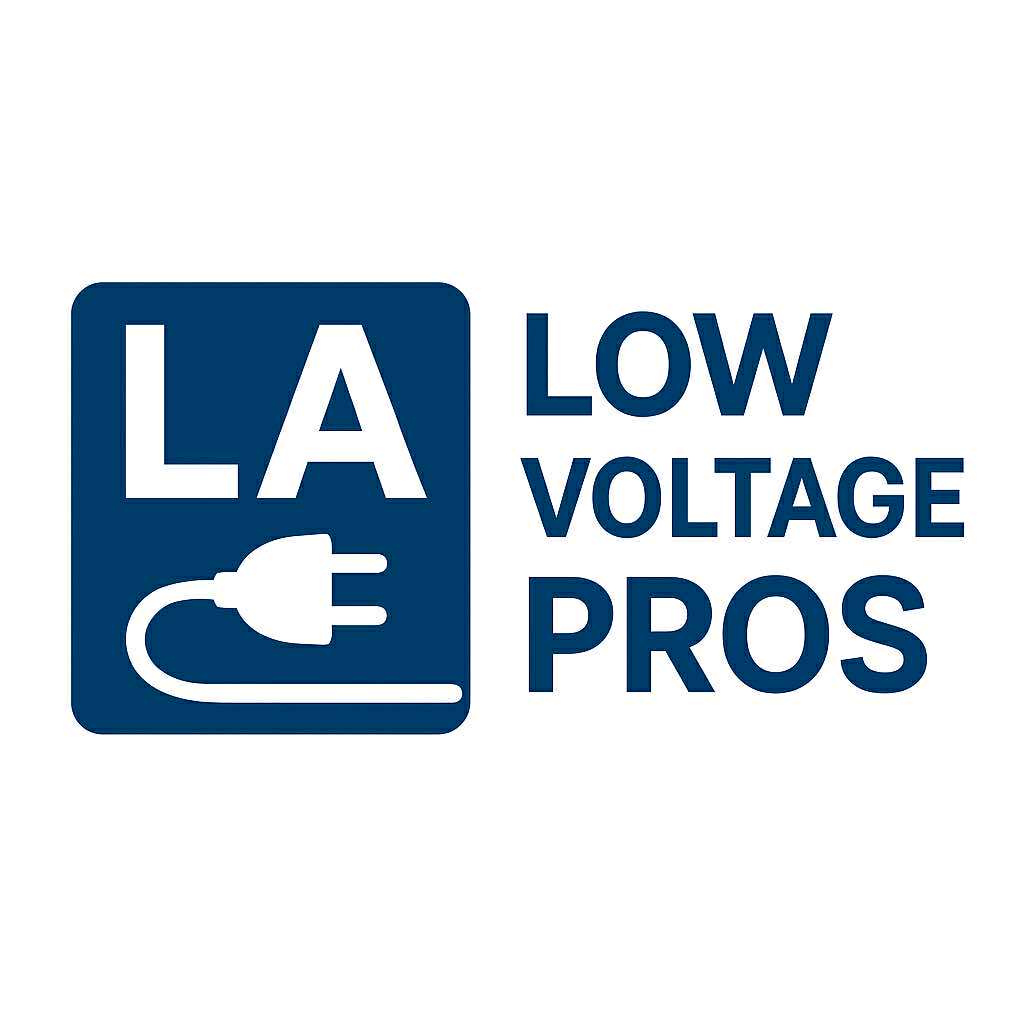Expert Guide to Voice and Data Cabling in Los Angeles
In today’s fast-paced business environment, reliable voice and data cabling is crucial for seamless communication and efficient operations. Businesses in Los Angeles rely on advanced cabling systems to ensure connectivity, network stability, and productivity. This guide provides a comprehensive overview of voice and data cabling, including its types, installation considerations, benefits, and maintenance practices.
What Is Voice and Data Cabling?
Voice and data cabling refers to the structured wiring systems that transmit voice, video, and data signals across a building or campus. These systems are the backbone of modern networks, supporting telephone lines, internet connections, and internal communications. Properly installed cabling ensures fast data transfer, minimal downtime, and the ability to support multiple devices and technologies simultaneously.
Types of Cabling Systems
There are several types of cabling used in commercial and residential settings. Understanding the right type for your needs is essential:
1. Twisted Pair Cabling
Twisted pair cables, including Cat5e, Cat6, and Cat6a, are commonly used for voice and data applications. They consist of pairs of insulated wires twisted together to reduce interference. These cables are ideal for local area networks and telephone systems.
2. Coaxial Cabling
Coaxial cables are primarily used for television, internet, and video transmission. They are shielded to protect against signal interference and can cover longer distances without signal loss.
3. Fiber Optic Cabling
Fiber optic cables transmit data as pulses of light, providing extremely high-speed connections with minimal signal degradation. These cables are suitable for businesses with high bandwidth requirements or long-distance network connections.
4. Shielded vs. Unshielded Cabling
Shielded cables offer protection against electromagnetic interference, making them suitable for industrial environments or areas with heavy electronic equipment. Unshielded cables are more cost-effective and work well in standard office settings.
Benefits of Professional Voice and Data Cabling
Investing in professional cabling systems offers several advantages:
- Improved Network Performance: High-quality cabling reduces latency and data loss, supporting faster communication.
- Scalability: Structured cabling allows easy upgrades as your business grows.
- Reduced Downtime: Proper installation minimizes network interruptions and troubleshooting issues.
- Cost Efficiency: A well-planned cabling system reduces maintenance costs and the need for frequent replacements.
- Future-Proofing: Modern cabling supports emerging technologies and increased bandwidth demands.
Key Considerations for Installation in Los Angeles
When installing voice and data cabling in Los Angeles, consider the following factors:
- Building Layout: Plan cabling routes carefully to avoid interference and ensure accessibility.
- Compliance: Follow local building codes and safety regulations for cabling installation.
- Environmental Factors: Los Angeles has varied climates; protect cables from heat, moisture, and sunlight where necessary.
- Professional Expertise: Hiring trained technicians ensures the installation is done efficiently and safely.
Maintenance and Troubleshooting
Regular maintenance is essential to keep cabling systems functioning properly:
- Inspect Cables: Look for visible wear, damage, or loose connections.
- Test Performance: Use network testers to check signal strength and data transfer speeds.
- Label and Organize: Properly label all cables for easier troubleshooting.
- Update Infrastructure: Replace outdated or worn cables to prevent network failures.
Common Applications of Voice and Data Cabling
Businesses and organizations in Los Angeles use cabling systems for various applications:
- Corporate offices for voice and data networks
- Call centers and customer service operations
- Healthcare facilities for medical records and telecommunication
- Educational institutions for internet and communication systems
- Retail stores for point-of-sale systems and networked devices
Frequently Asked Questions
Conclusion
Voice and data cabling is a critical component of modern business infrastructure in Los Angeles. By understanding the different types of cabling, installation requirements, and maintenance practices, businesses can create reliable, high-performance networks that support communication, efficiency, and growth. Investing in professional cabling not only ensures operational continuity but also prepares organizations for future technological advancements.
